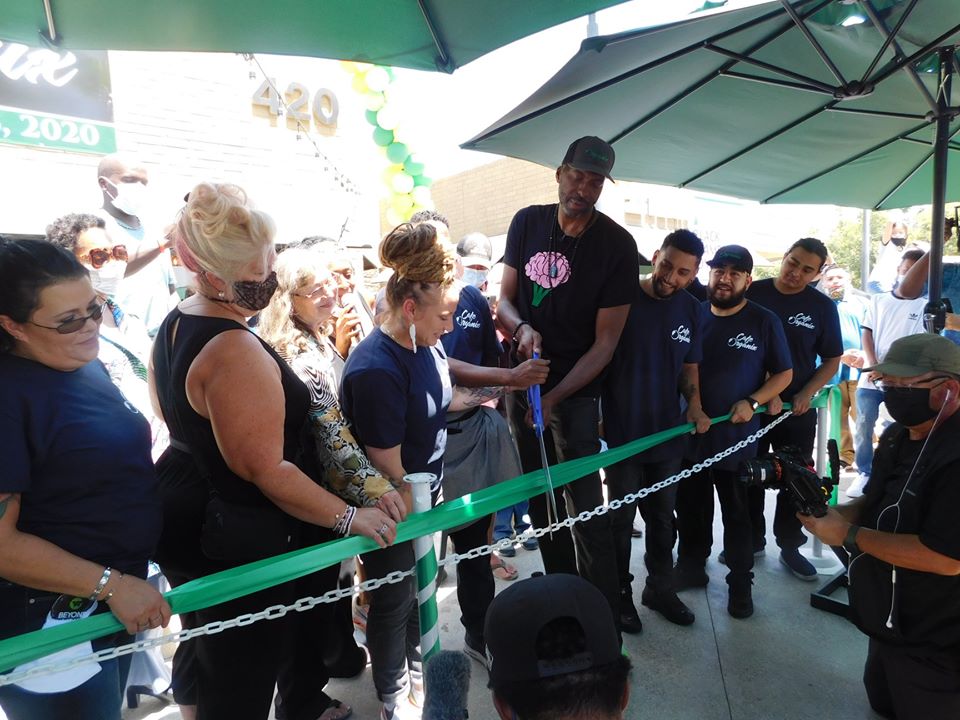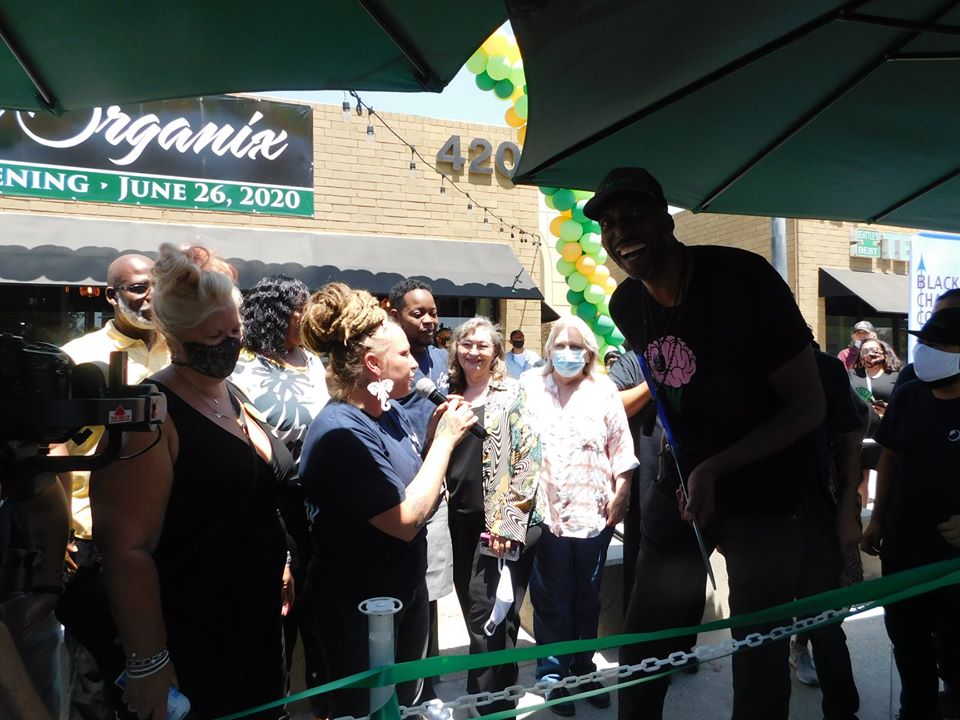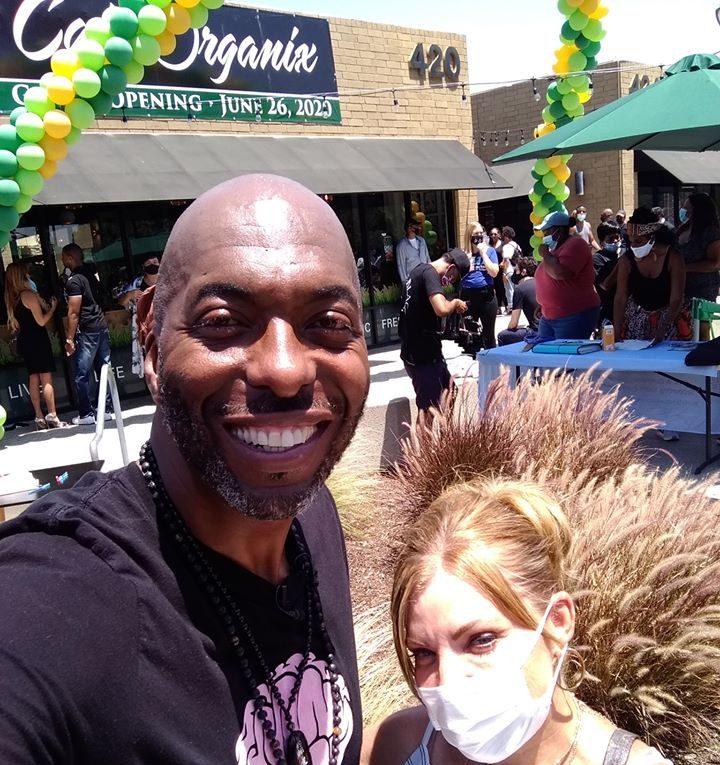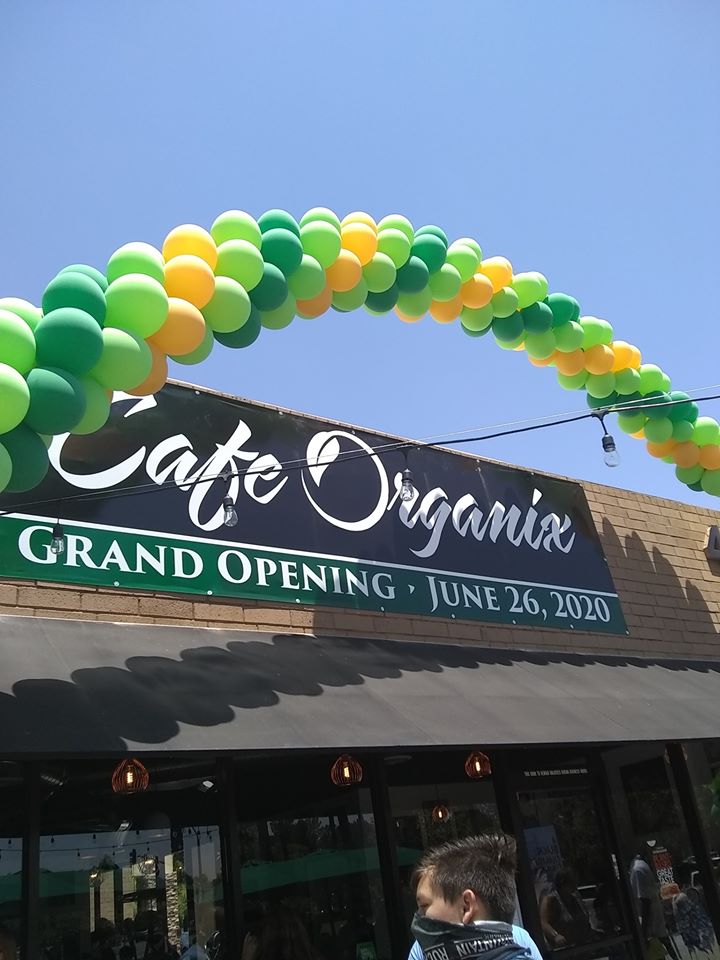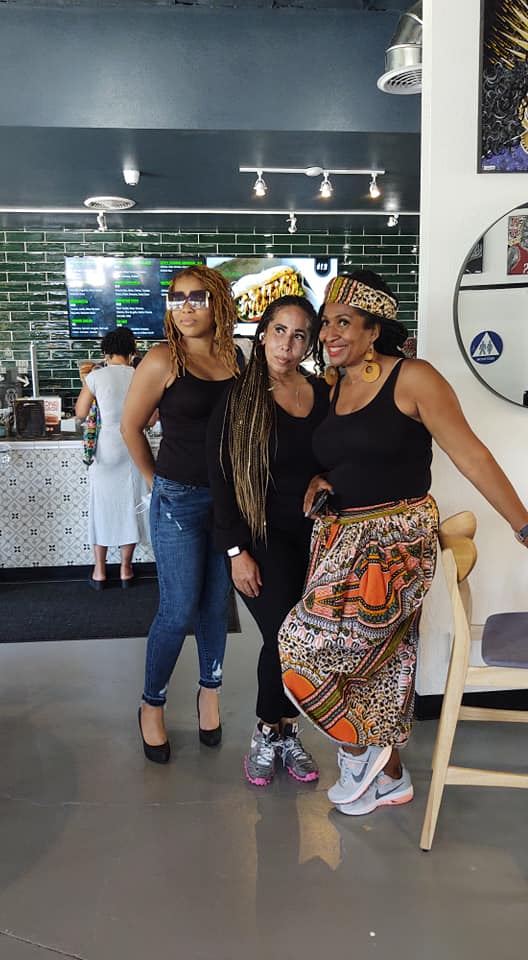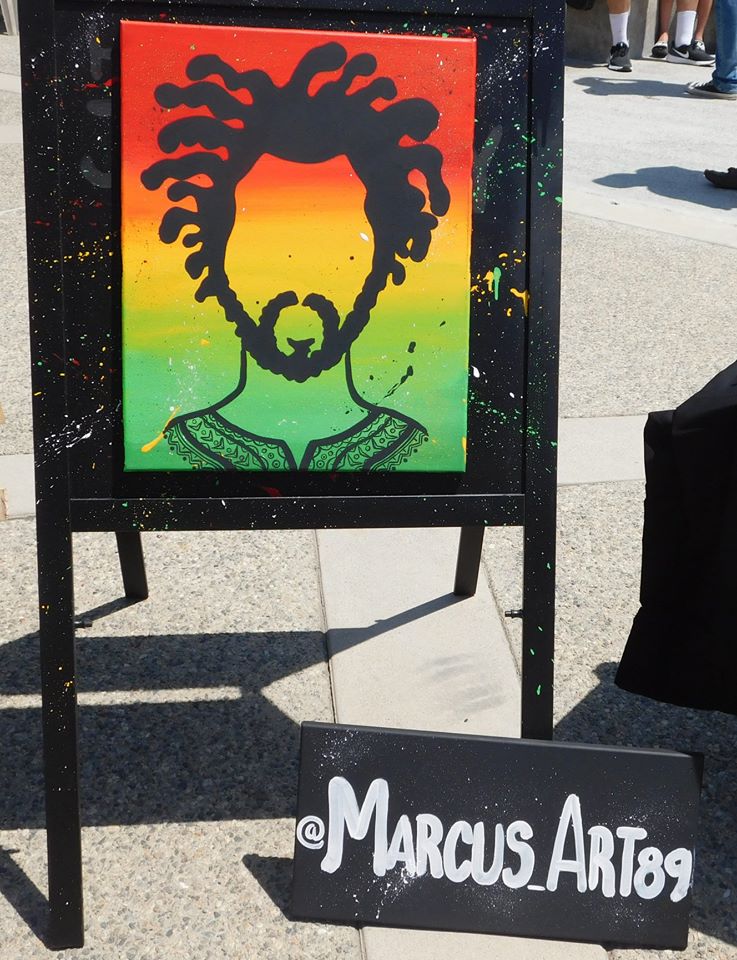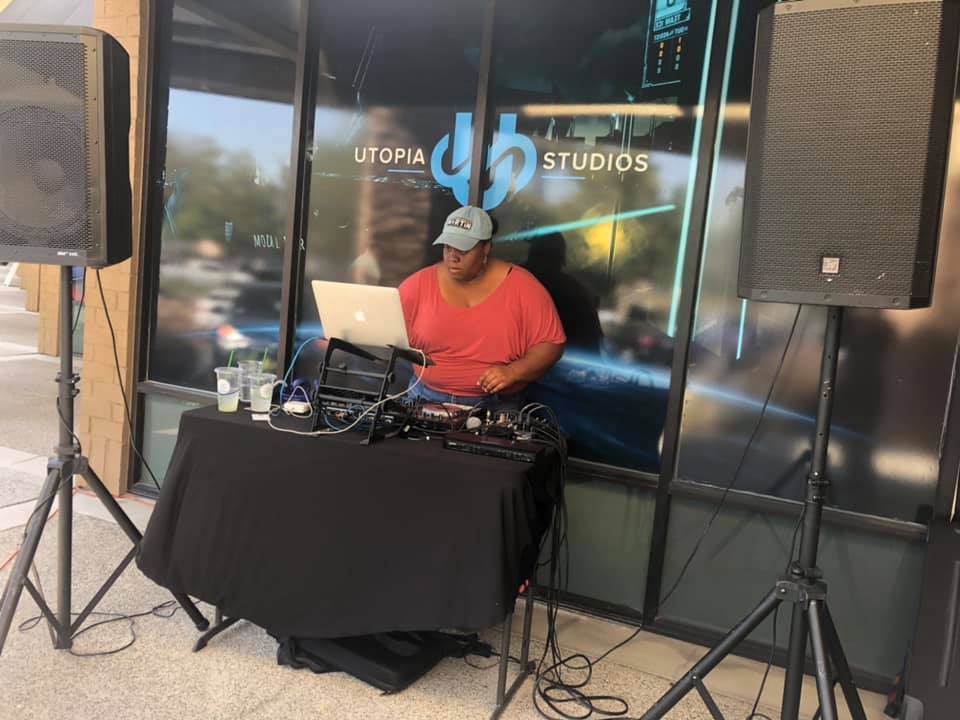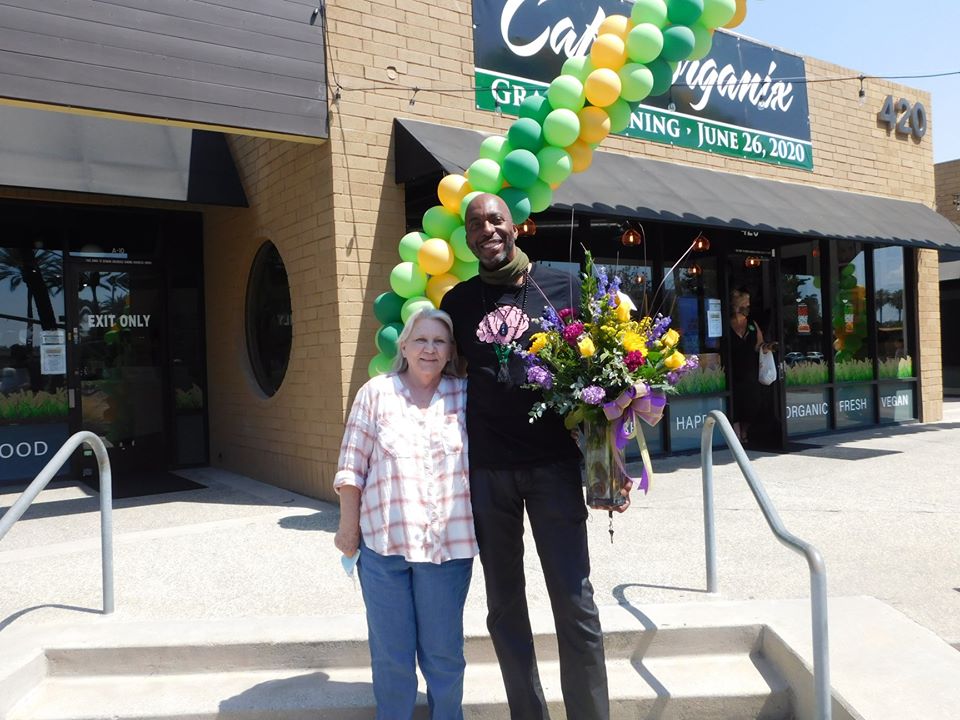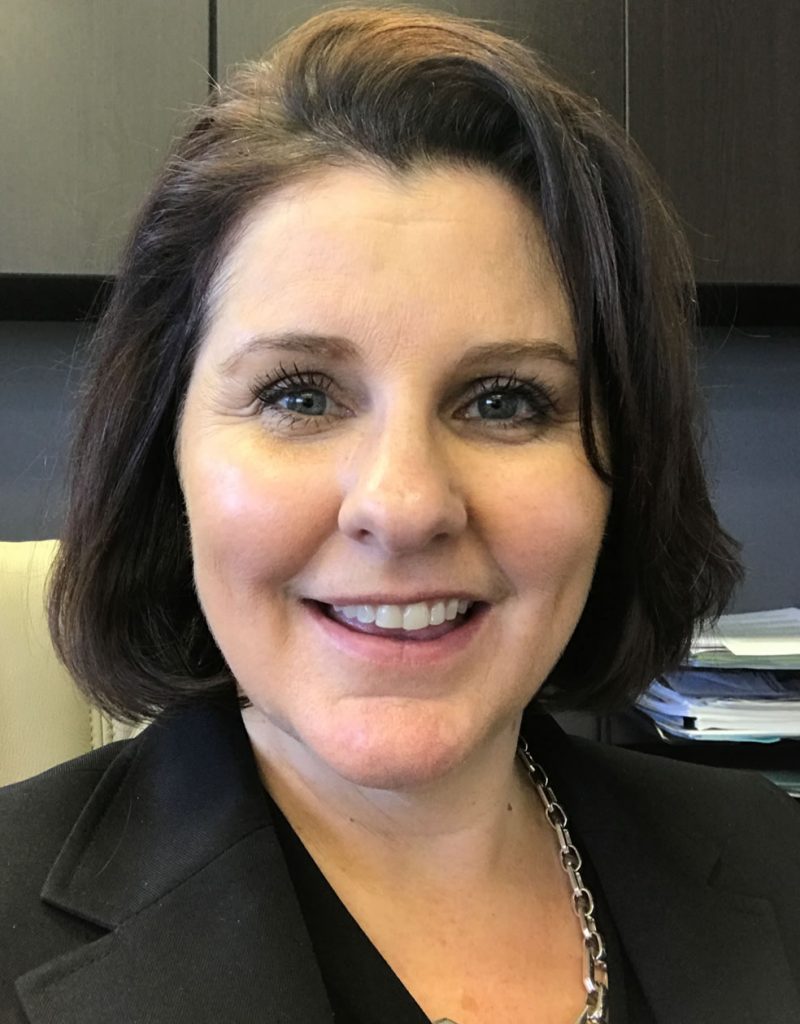The headline appeared in the New York Times on June 15, 1974. It described yet another athletic triumph by Jerry Herndon of UCLA — who on the day before had flown 25 feet and 4 ½ inches to a long jump pit in Gainesville, Fla., setting a new record for a meet of the national Amateur Athletic Union. Jerry defeated an Olympic gold medalist on his way to capturing an NCAA title as a freshman that year, engraving his name in track-and-field history just months after arriving in Westwood as the holder of a San Bernardino County record that has stood untouched for two generations.
Forty-five years later, those words sum up the extraordinary life of a man who mastered the recipe for legacy: Building, multiplying, and sustaining family. Creating a community. Inspiring young people and guiding them toward the future. Putting humanity before self, imperfectly but gloriously reaching for ideals that brought joy, knowledge, humor, and understanding into the lives of countless people — one encounter, conversation, or lesson at a time.
Jerry Lyn Herndon, the ninth child of Sidney and Essie Herndon, was born on March 12, 1955. The family left their home in Ada, Oklahoma before Jerry turned 3 — settling in San Bernardino, Calif., where a young Jerry could most often be found having adventures with his brothers Willie and Ruben in the backyard of the family home.
He worshiped at Bethesda Temple Church of God in Christ as a child (where he formed a gospel singing group, the Bethesda-ites, with his brothers and a cousin) and later at Greater Victory Church of God in Christ and Harvest Care Christian Church. When he was growing up, no one was ever turned away from the family doorstep or dinner table — where an extended family and community began growing to untold numbers with limitless reach.
As a child and young man, Jerry was a good student at California Elementary, Fremont Middle, and Cajon High schools — and a standout varsity athlete in track-and-field, football, baseball, and basketball. But it was inside his family’s big, sweet brew of personality, spirituality, and generosity that Jerry honed intellectual, imaginative, interpersonal, and physical gifts that would shape his life and touch the lives of so many others. Whether he was learning about the nature of God from his mother; the meaning of life from his father; the value of solidarity from his brothers; the bliss of charity from his sisters; the power of Blackness from his cousin Maya Angelou; or the urgency of hustle at his Uncle Kermit’s Hollywood shoeshine stand, Jerry absorbed each lesson. And he never hesitated to share his remarkable insights with anyone who had the wisdom to engage him in conversation, or the good fortune to cross his path.
After an outstanding stint at UCLA as a superstar athlete, campus government leader, and graduate in a major of his own creation, speech communications, Jerry could have gone anywhere to do anything. His decision was to return home to San Bernardino — where he excelled at media while working in the publisher’s office at the San Bernardino Sun, politics while mounting an underdog campaign for City Council, and most importantly, fatherhood as a loving Dad to eight children: Andre (Loretta), with his high school sweetheart, Desiree Brock; Keyva and Daphne (Adonis), with his wife Katherine Miller; Amber (James), Sidney (Jenna), and Briana (Nathan) with his wife, Gena Talley; and Ardena and Khloe, with Toni Irvin. He was immensely proud of his 15 grandchildren: Kyrah, Kareem, Gary, Dominick, Marley, James, Asyah, Zane, Apollo, Aurora, Wyatt, Atlas, Layla, Ace, and Maverick.
His brilliance as a leader of young people was encapsulated in the professional role that defined the best years of his life: Executive Director of the Boys & Girls Club of San Bernardino — where Jerry mentored, counseled, motivated, and watched over a generation of children and teenagers coming up in the same neighborhood that served as his launching pad. For a decade-and-a-half under his leadership, 1180 W. Ninth Street was a place where anyone who needed to hear “yes” could make a friend, get a job, eat a meal, join a team, play a sport, and find an opportunity. You could dazzle crowds as a member of the Pacesetters. Get tutored in math, English, science or history after school. Learn tennis, swimming, modeling, martial arts, boxing, and art at Summer Day Camp. Take trips to campgrounds in Mammoth, NFL playoff games, the Bill Pickett Invitational Rodeo, Neverland Ranch, and every amusement park within bus ride distance. Feel human and connected at a time when too many Black and Latino young people were being discarded by society, disregarded by the establishment, and dehumanized in popular culture. His mission was to give a sense of belonging to each person who entered those doors, in hopes that they could leave with the tools and resources to follow their dreams, conquer any demons, and put goodness into a world that needs it. Though his service at the Boys & Girls Club ended, his humanitarianism never faded — in 2020, he was still actively organizing health fairs through his church, and independently providing food and clothing to people who were experiencing homelessness in his neighborhood.
In his time, Jerry’s eyes stayed on tomorrow. His optimism never wavered. His heart never shrank, his soul was never bound, and his spirit always flew free. He was forever ready to start something new — and in his mind, humanity was always on the cusp of new discoveries, stronger justice, and better unity.
That was his frame of mind when he departed this life on June 14, 2020. His loss is monumental — but the memories created and the legacy built will be passed down through the oral tradition that meant so much to him, and have impact through the ages.
Beyond his children, Jerry is survived by his brothers Sidney Frederick Herndon (Hazel), Myles Edward Herndon, and Byron Duryea Herndon (Regina) sisters Beverly Ann Martin, Evelyn Margie Tahiru, and Ida Ruth Martin (George). He was preceded in death by his beloved parents Sidney and Essie and brothers Brent Astaire Herndon, Freddie Lee Herndon, Willie Cullen Herndon, and Ruben Coleman Herndon. He will be remembered by innumerable nieces, nephews, cousins, and friends who loved him like family and received that love in return.
Jerry Lyn Herndon is an ancestor now. His destiny fulfilled and eternal rest well-deserved, he is now with the Heavenly Father who breathed life into him and placed him at the center of our lives.
Be at peace, good buddy.
 Westside Story Newspaper – Online The News of The Empire – Sharing the Quest for Excellence
Westside Story Newspaper – Online The News of The Empire – Sharing the Quest for Excellence
